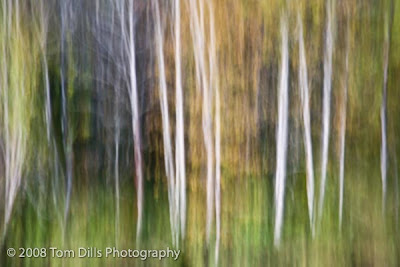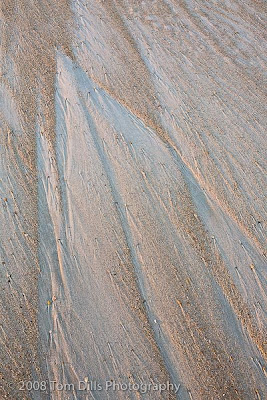
Just returned from an amazing weekend in the Brevard, NC area chasing more fall color. Wow! The problem is knowing when to stop. I have already accepted the fact that I can’t get everything, I’m always going to miss something and that it’s not the end of the world, but geez! Color, color everywhere and no possible way to get all of it, no way to stay focused on a theme or project or any kind of plan. Just shoot what you see and figure it out later! Not exactly, but this is “going with the flow” at it’s finest.
“Only” 452 images this weekend, as compared to last week’s 628, but it rained Friday. Really, really rained, to the point that I only shot a few photos in the Grove Arcade in Asheville where we stopped to visit our friends at WNC Magazine.
Off to Cherokee this coming weekend, here’s hoping for some more amazing color and great weather. Whew!
This image is actually my last one of the day today. Playing around with motion blur and decided to try zooming the lens while pointed way up at some really tall trees with great color and a Carolina Blue sky. The location is the woods near Slickrock Falls in Pisgah National Forest.









